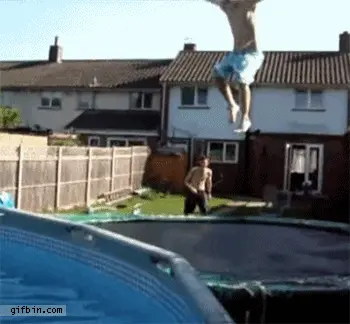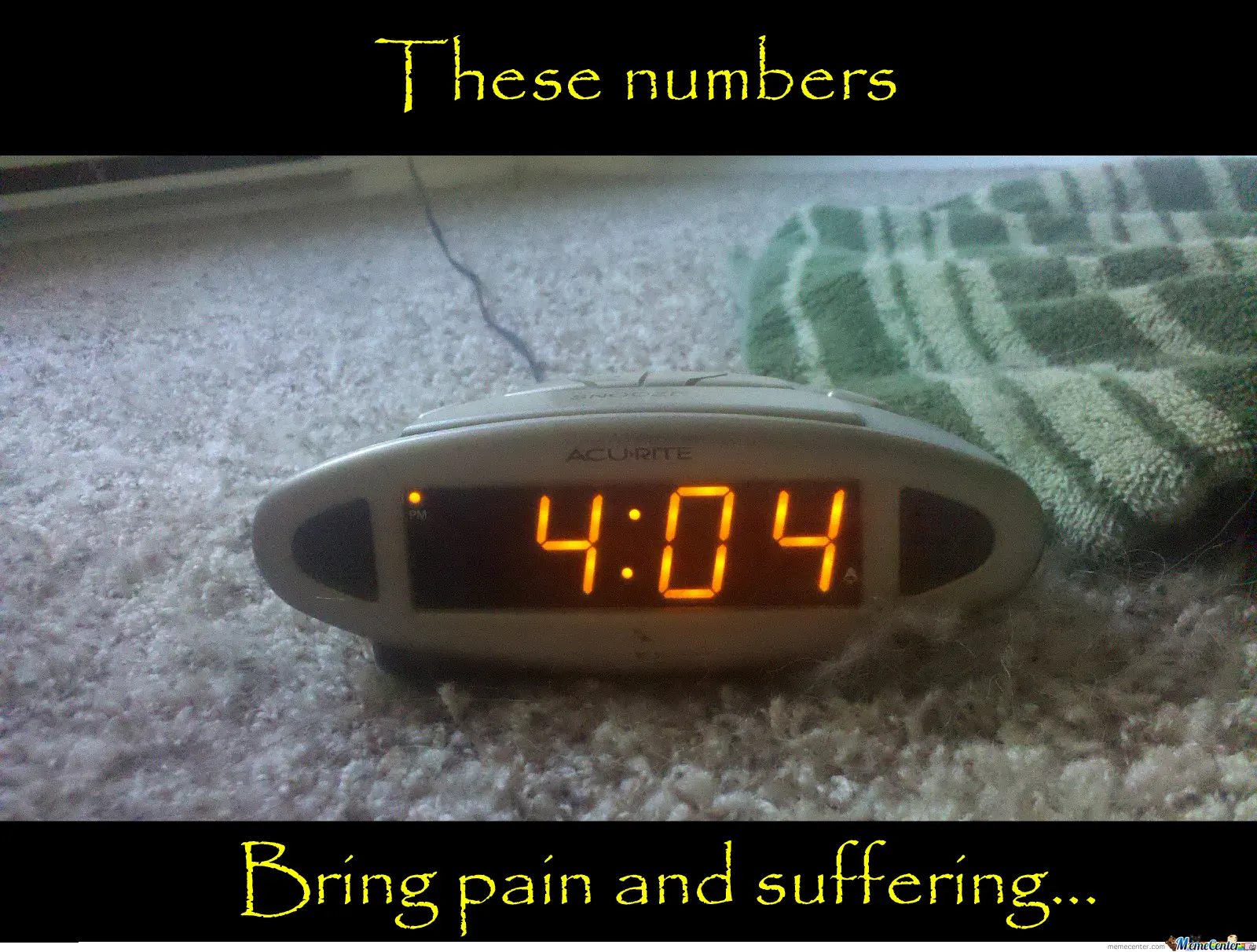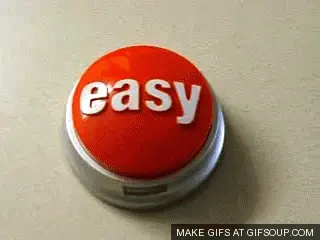
It’s 2016, and we’re still talking about SEO. Why? Because optimizing your site for search engines is not only important, it’s the most important part of online marketing.
Most users are going to stumble upon your website through a good ‘ole fashioned Google search. And, if you’re not there, then users will stumble upon your competitor.
The good news is that SEO isn’t really that hard to do… at least not the tips shared below. Sure, it can get really complicated and A Beautiful Mind-like…

But there are a few things you can do without being a celebrated mathematical genius. Let’s discuss.
Here’s a handy SEO checklist that you don’t want to miss.
Keep This in Mind
Before getting started, remember that SEO is not a quick fix. Although the following can be easily implemented, it takes a while to see the fruits of your labor. Don’t get discouraged. Eventually, you will be rewarded. Just be patient, consistent and follow these tips.
Don’t get discouraged with SEO. You’ll win if you’re patient, consistent, and follow these tips: Click To Tweet
Do a Website Audit
Take a long, hard look at your current website and answer these questions:
Does it load quickly? And by quickly, I mean, within three seconds? Do a speed test here.
If your website takes longer than three seconds to load, this is an issue.
Your search engine ranking depends on how quickly your website loads (among other things). This isn’t the 90s anymore. Back then, people actually had the patience to wait for your page to load. Now, not so much. They will do whatever it takes to bounce away from your site if it doesn’t load fast enough.

The more people that bounce from your website, the less likely Google will promote your website.
Is it mobile friendly? Google penalizes websites that don’t look good on smaller screens.

If you website is still forcing visitors to adjust the screen, there’s a problem. Do not pass go, do not collect $200 until you have a mobile friendly website design.
Are there any broken links? Broken links can prevent search engine crawlers from indexing your site. More importantly, your visitors hate kinda hate 404 pages, no matter how cute you make it.

Online Broken Link Checker is a good starting point.
Create a Blog
If you don’t have a blog already, you need one. Did you know that it can positively influence your search engine ranking?
The reason why blogs boost SEO is because search engines love fresh content. And with a blog, you can provide continually fresh content
Let’s discuss some best practices you’ll want to follow when blogging for search engine optimization.
Populate The Blog With Useful Information
Google, Bing and any other search engines all have one purpose: to provide users with highly relevant information. If you have the relevant information, they’re going to promote your post. That was easy.

Write Longer Posts
250-word posts are no longer acceptable. Were they ever acceptable, to be honest?
Search engines reward super-sized blog posts.

Image Courtesy of Arte California
The perfect length for a blog post starts at 1000 words and goes up from there.
Why does Google demand longer posts? It suggests that the post in question is comprehensive and gives the search engine everything they need to know without hitting up 10 more websites.
Use Photos
Photos help to break up walls of text. Hey, that 1000-word + blog post will get pretty boring pretty quickly if it’s just a whole bunch of words.

But they do more than that. You can also get an SEO boost from the names you give your photos. Don’t just use the default 010101.webp name. Use something preferably with a keyword phrase related to your post.
Also, when you’re uploading your images to WordPress or the link, be sure to assign alt-text to them. Alt-text will show in place of the image if images are disabled or fail to load. It’s also good for search engine crawlers who obviously can’t see the image, but can read the alt-text description.
Write for Humans
Don’t make the mistake of stuffing your content with keywords and thinking Google and other search engines will automatically promote your content. They are unbelievably sophisticated, among other things.

Image Courtesy of Reaction Gifts
Get to the point quickly. Those same humans who can’t stand to wait three seconds for your page to load won’t put up with a lengthy pretext.
Use Keywords and Phrases in Your Titles
This step is essential for SEO ranking. Don’t just create an obscure title for your blog that no one would be searching for. Instead, create post titles that are a direct match to what search engine users are actually typing in the search bar right now.
To do this simply, just think of what you would naturally type when trying to find out more information on a topic. You’re your own focus group.
Take a look at the title of this blog, for instance. We’ve titled it to match what a search engine user would actually type.
Use Keywords in Headings
Keywords aren’t just for titles. They also belong within the body of your content. You know those headings like H2, H3 and so on? Yeah, those aren’t just easy default font settings. Search engine crawlers use headings to get a better grasp of your content. In fact, crawlers rely on headings more the rest of your content. So, use headings wisely and frequently.
Install Social Sharing Buttons
Get people to share your content. Sharing definitely boosts your search engine ranking because the more that people share and link to you, the more attractive you’ll look to search engines.
Also, by the way… Google crawls Facebook, too. If the crawlers notice tons of links back to your site, guess what happens?
So, you have a beautiful mind afterall. You see where this is going. The more people share, the more crawlers care.
Understand that Videos are Amazing
If you can add videos (especially of the YouTube variety), you have a better chance of reaching first page greatness.
And don’t forget– Google-owned YouTube is also a search engine in its own right. In fact, YouTube is the second largest search engine in the world, second only to Google.
So, by creating videos, you increase your search engine optimization.
Videos are easy to create. You don’t even need to be on the video at all. You can simply record a reading of your blog post, add relevant images, upload and you’re golden. But, if you’d like to be in front of the camera, that’s easy, too. Check out this post for more details: How to Market with Video.
P.S. – Don’t forget to optimize your video title for the search engines. Make sure it has the necessary keywords and uses actual phrases that real people search for. Also, take advantage of description section under your YouTube video to further rank for keywords.
Change Your Permalinks
A permalink is the permanent URL address of a blog post or individual page.
If you’re using WordPress, your default URL structure probably looks something like this:
http://www.yourwebsite.com/?p=123
However, that doesn’t do much for your SEO. But, by changing your permalink settings to post name, for example, you’ll get something like this:
http://www.youwebsite.com/Your-Post-Name-Here/
Much better, right?
To change this in WordPress, simply navigate to “Settings” then “Permalinks” and choose the appropriate option.
Link Like Your Life Depends On It
It’s hard to get backlinks these days, but it’s not hard to link internally to other posts and pages on your site.
Link within your blog post to other relevant posts on your site. This will (hopefully) keep readers on your site, and the longer they stay on your site, the better your overall SEO.
Why?
Search engines determine your site worthiness based on how long its users stay on your site. If they come to your page and then bounce out right away, it doesn’t look good. However, if you can give them a reason to keep on clicking around your site, they’ll stay longer and you’ll score more points with the powers that be on search engines.
Anchor text is also important. Anchor text is the text used to indicate a link. Don’t just use “click here” as your anchor text. Instead, go all SEO and use a descriptive anchor text that takes advantage of the hopefully keyword-rich post title.
Also, don’t be stingy with outbound links, either. Google will judge your quality based partially on the quality of your outbound links. If it makes sense to link out to another website, do it. Linking out to high quality and relevant resources that’s already popular and on page one can indicate to the search engine crawlers that your site also contains similar content.
Final Thoughts
Dominating the first page of search engine results starts by making small tweaks. You can do all of these strategies right now, so what are you waiting for? Get to optimizing! (Psst, I’d start by downloading this handy SEO checklist.)
Here’s a handy SEO checklist you don’t want to miss. Subscribe to receive this free resource.